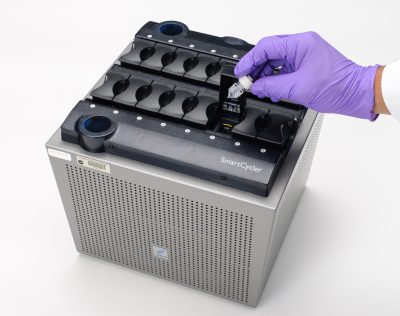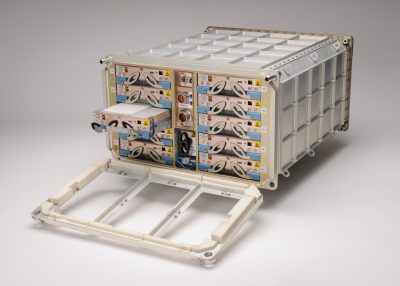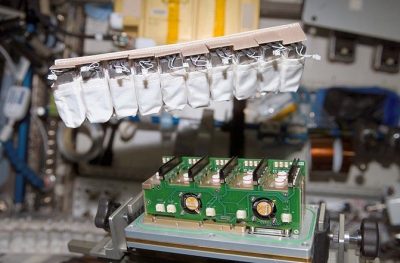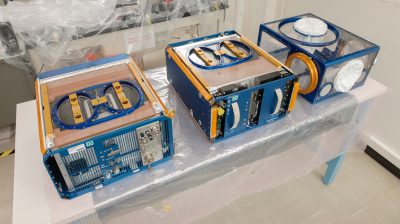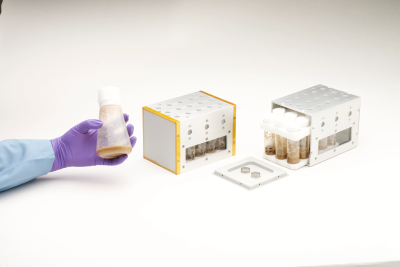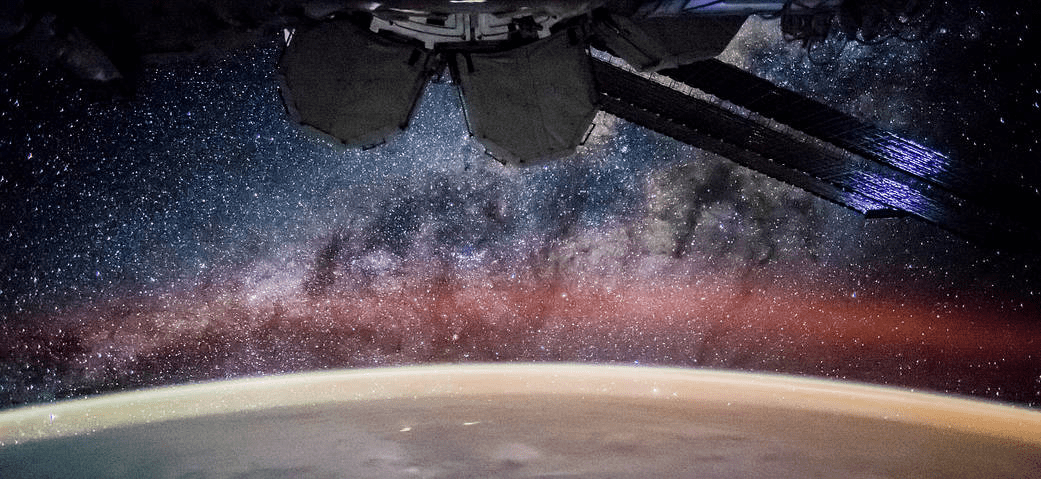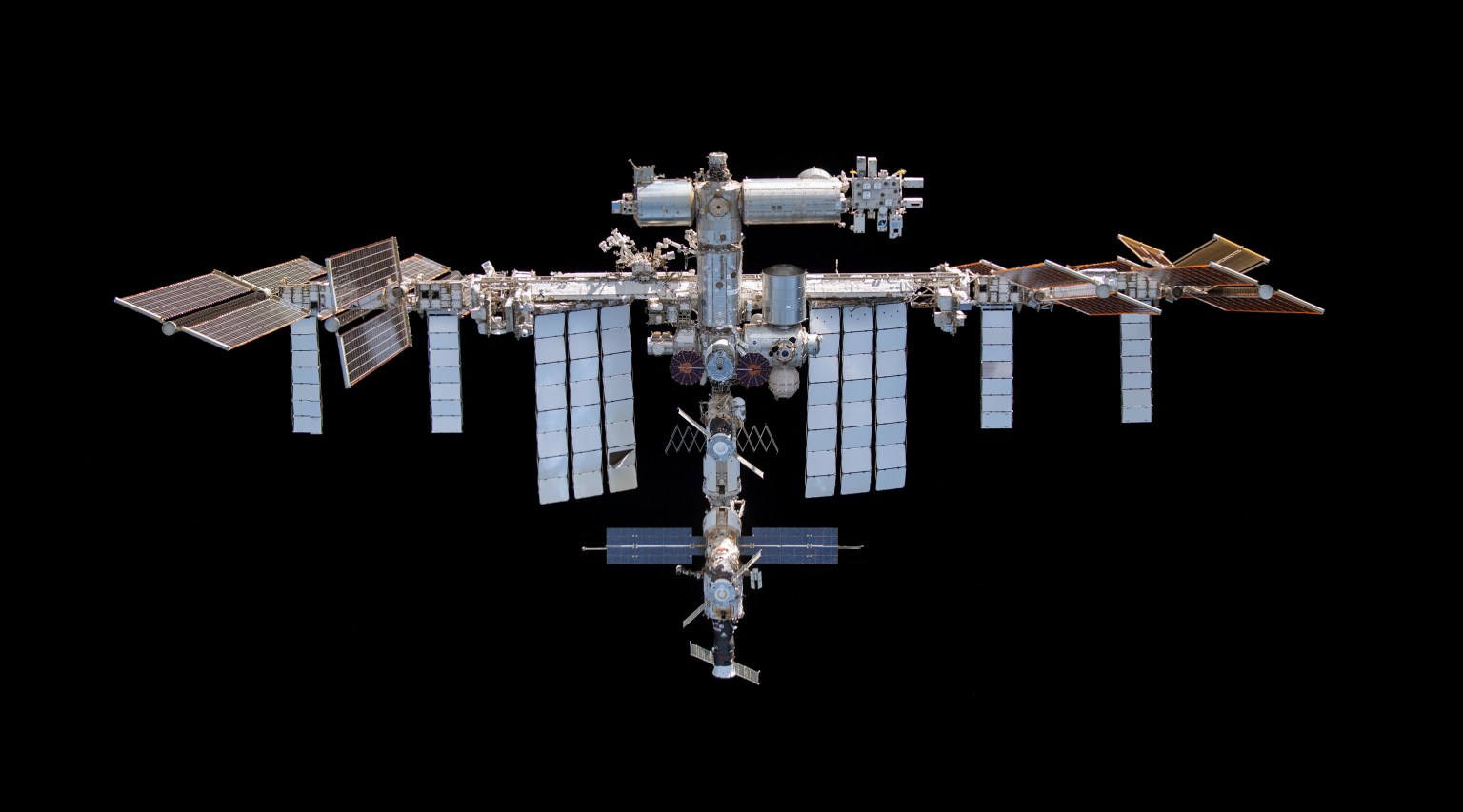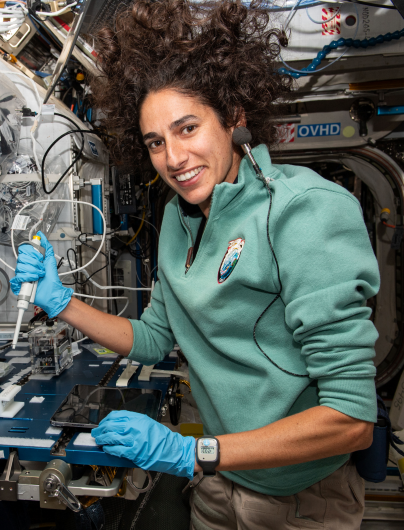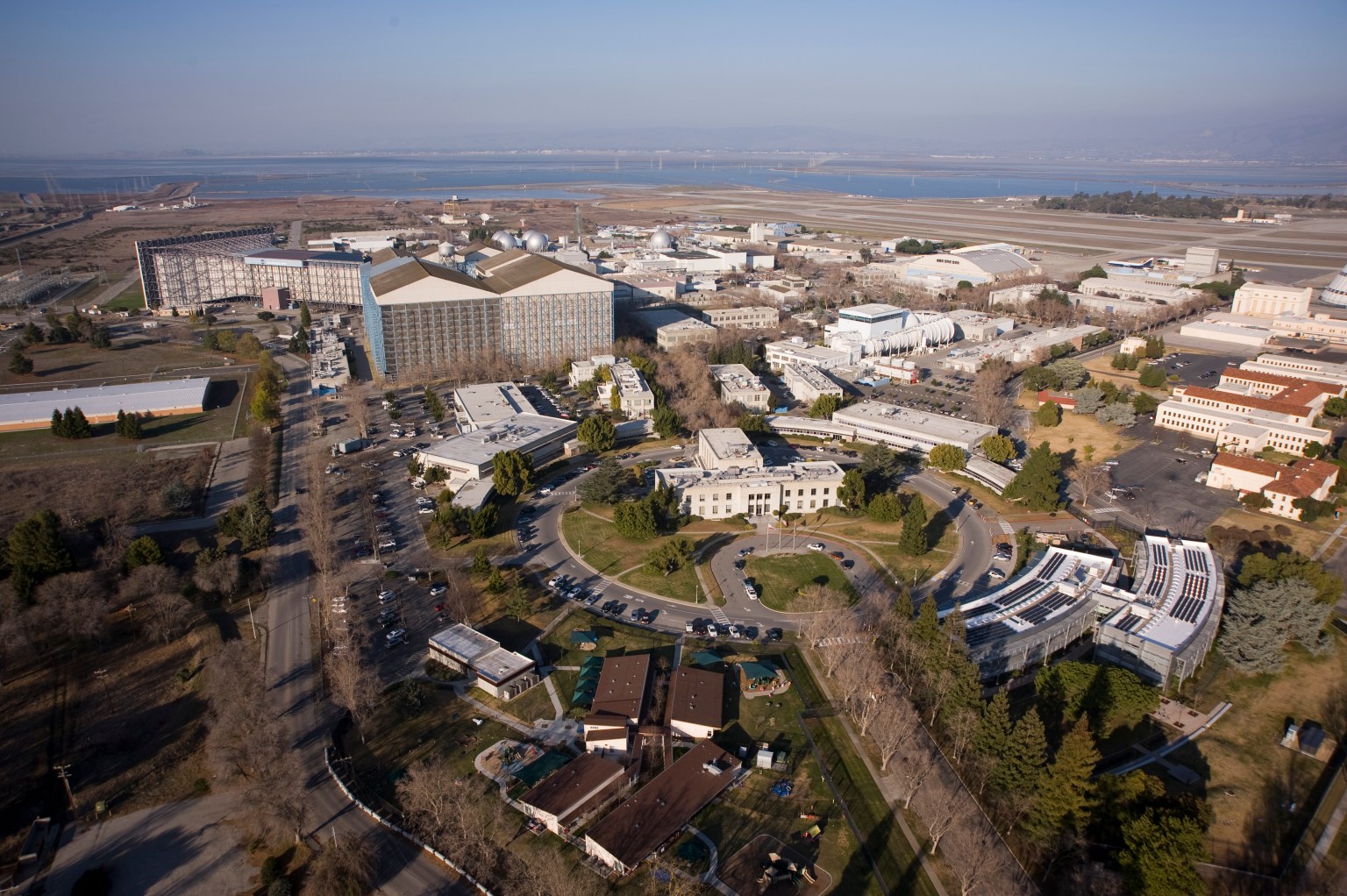Ames Research Center Flight Hardware
WetLab-2
Wetlab-2 is a research platform for conducting real-time quantitative gene expression analysis aboard the International Space Station. The system enables spaceflight genomic studies involving a wide variety of biospecimen types in the unique microgravity environment of space.
Currently, gene expression analyses of space-flown biospecimens must be conducted post-flight-after living cultures or frozen or chemically fixed samples are returned to Earth from the space station.
Bioculture System
The Bioculture System is a cell biology research platform for the International Space Station that supports short- and long-duration studies involving the culture of living cells, microbes, and tissues in the unique microgravity environment of spaceflight.
Based upon the prior generation Cell Culture Module that flew on 21 space shuttle missions, the new system contains ten independent cassettes, each of which runs a separate experiment. Individual Bioculture System cassettes can be accessed by station crew (e.g. for sampling or injections) and may operate for months—far longer than the previous shuttle mission limit of two weeks.
Experiment Unique Equipment for the European Modular Cultivation System
Experiment-unique hardware developed by the Space Biosciences Division at NASA’s Ames Research Center for spaceflight plant biology research is configured to work with the European Space Agency’s European Modular Cultivation System (EMCS). The EMCS is a unique incubator system aboard the International Space Station that provides dedicated, controllable life support for biological experiments in a multi-gravity environment. Two independent centrifuge rotors inside the EMCS create gravitational forces ranging from 0 g (static rotor) to 2 g.
Rodent Research Hardware System
The Rodent Research Hardware System provides a research platform aboard the International Space Station for long-duration rodent experiments in space. Such experiments will examine how microgravity affects the rodents, providing information relevant to human spaceflight, discoveries in basic biology, and knowledge that can help treat human disease on Earth.
Vented Fly Box
NASA’s Fruit Fly Lab provides a research platform aboard the International Space Station for long-duration fruit fly–Drosophila melanogaster–studies in space. The system has three major components. The first is the Fly Cassette that will house and safely transport fruit flies to the space station. The second is the Food Changeout Platform that will be used periodically to provide the flies with fresh food while maintaining containment and allowing extraction of fruit fly eggs, embryos and larvae for preservation. The third is the Observation and Lighting System to allow fly behavior monitoring and exposure to an artificial day/night cycle.



























